|
Radschool Association Magazine - Vol 31 Page 12 |
|
Privacy Policy | Editorial Policy | Join the Association | List of Members | Contact us | Index | Links | Print this page |
|
|
|
Volunteers Abroad. Ted McEvoy
For a few weeks in Feb/March 2010 I fearlessly put my body on the line and was involved in some volunteer
English "teaching" at a private college in Da Nang, Viet Nam
(below). I stayed in my own comfortable room within the college
which provided me with
At first I was a bit concerned as I had never previously taught English. It's a l-o-n-g time since I was introduced into the mysterious world of the English syntax. Who could ever forget the joys of adjectives, past participles, possessive pronouns, conjunctions, et al.
It proved to be not a problem. My main role was to speak to the students as a native English speaker so that they can improve their “pronounciation”. Even Banana-benders would be able to be understood, eh!!
The Vietnamese teachers are full bottle on the complexities of the English language and put me to shame in regards to what I've forgotten - sigh...!!!
My students belonged to two main groups: young kids from 6-10 years of age and young adult uni students in the 18-24 year group. They are a joy to teach as they are all very keen to learn. You do not necessarily need to know any Vietnamese but it does help if you know a few basic words and phrases.
Da Nang is Viet Nam's third largest city. It is ideally located mid-way between Saigon and Hanoi. The city is close to the beach with the wide Han River bisecting the city. The weather is very temperate with cooling afternoon sea breezes. Normal day time temps were usually a comfortable 28 degrees.
If you're tough, brave and strong like me - you can manage it. When you get used to the temperature, the beach, the excellent food and all that other stuff, it's actually a very nice place to work.
When I first met the students in class, I introduced myself as "Ted". I later noticed the students (aged from 18 to 40) were calling me "Teacher". I was aware that the students in Viet Nam are very respectful towards their teachers who are held in great regard but with our well-known, Australian informality, I asked the students to call me "Ted". They replied "Yes, teacher". Again I asked them to "Please call me Ted". "Yes, teacher Ted" was the response. Sigh - I surrender!!!!!!
I recently had dinner with John Anderson, who is the recently retired, long-standing Principal of Tuart College in Perth. He told me a delightful story. His Vietnamese students are slowly becoming familiar to the more casual manners in our tertiary institutions than that in Vietnam. Some of his students have made a sensible compromise. Instead of using "Teacher" to address their lecturers, they now call them "Teacher Mate"!!!
If you have considered doing some volunteer work in Viet Nam, I would highly recommend you think about something similar. I have a good friend in Perth, Mr Le Quang Vinh, who has many educational contacts within the country. I have also met with an organisation called Global Volunteer Network who place volunteers within different countries including Viet Nam. They are doing some great work with disabled kids and those who have been affected by the dreadful "Agent Orange". This site, however, requires an up-front payment for accommodation, food etc.
You can get further information on their website at www.volunteer.org.nz/vietnam.
If anyone would like some further info, please get in touch. You can email me Ted McEvoy.
|
|
The young bloke said to his girlfriend, "We're going to have a great time tonight, I’ve got three tickets to the movies. "The young girl said, "Why do we need three tickets?" The young bloke said "They're for your father, mother, and your kid sister!"
|
|
A solution at last. Rod Faux
Here is a possible solution to all the controversy over full-body
scanners at airports. Have a booth that you can
It would-be a win-win for everyone, and there would be none of this crap about racial profiling and this method would eliminate a long and expensive trial. Justice would be quick and swift. Case Closed!
This is so simple that it is brilliant. I can see it now: you are in the airport terminal and you hear a muffled explosion.
Shortly thereafter, an announcement comes over the PA system, "Attention standby passengers, we now have an extra seat available on flight number..."
|
|
|
|
The gay king didn't care to read whole books but he had a great fondness for pages.
|
|
Vung Tau.
If you were posted to Vung Tau, in Vietnam, during the 60’s/70’s, you would definitely remember the Peter Badcoe Club (Named after Major Peter. J. BADCOE, VC) at Back Beach. This was the R&C centre for the Australian Army and was put to good use by everyone that worked on the Vungers airport.
It was built by the Australian Army engineers back in the late 60’s, and used to look like the photo at right.
When the “war” ended it all passed to the local Vietnamese people, and if you’ve been back recently you would have noticed some considerable changes.
It now looks like the photo below – but then, it has been 40 years……….
|
|
|
|
|
|
Mobile phones.
It seems that every now and then some bright spark comes up with the notion that mobile phones can and do cause brain cancer, and the gullable old media goes right along with it. These “Chicken Little” people never put science in their argument but always rely on emotional rhetoric. Let’s look at the facts.
Mobile phones in Australia used to operate on both analogue and digital systems. Back in 1981, Telecom Australia (as Telstra used to be called) launched the MTS (007) mobile phone system. These first phones were too large to carry around so were installed in vehicles and apart from being very heavy, they were very expensive to buy (about $5,000 in 1980 money) and were very expensive to operate. In 1987, Telecom launched Australia's first cellular network based on the USA AMPS (Advanced Mobile Phone System) - an analogue or 1G standard. Handheld mobile phones, commonly known as 'the Brick' (right) were sold for $4,250 each. This network launched in Sydney in February 87 and in Melbourne in May. It was extended over time into other capitals and major cities and then country areas and it formed the basis for the early expansion of mobile phone use across the nation. It used frequencies in the range 825-890 megahertz. Within this range of frequencies, there were 666 channels for receiving and 666 for transmitting. Analogue technology such as AMPS is referred to as first generation technology.
The digital Global System for Mobile Telecommunications (GSM), which
has been in use in Australia since
In 2003, the third generation (3G) network was launched in Australia. Unlike previous systems, 3G allows voice, data and video transmission and operates around the 2,100 megahertz frequency band. Another change, important for those in remote areas, has been the launch of more telecommunications satellites allowing mobile phone coverage in areas beyond the reach of other networks. Base stations have been replaced by 'low Earth Orbit' satellites (LEOs) which circle the Earth low enough to receive the low powered transmission from the mobile phone. The LEO then re-transmits the message just like a base station.
So, mobile phones used to
transmit/receive on 825-890Mhz, then changed to 890-960Mhz, then
changed again to the 2Ghz band. But, what a lot of people won’t
accept is, they just don't put out enough radiation to cause brain
cancer. There is just not enough energy transmitted by the devices
to alter the chemical bonds in cells and it has been
proven beyond doubt that the transmitted radiation is in an area of
the spectrum that isn't capable of rearranging the chemical bonds of
biological systems unless intensely focused
Furthermore, there has been no increase in brain cancer since before the age of mobile phones and today there are more than 20 million mobile phones in Australia, one for every man, woman and child. If they were even a minor cause of brain cancer, we'd see it in the statistics.
However, mobile phones can and do cause death. That happens when you talk or text or browse when you should be driving.
|
|
A very tired nurse walks into a bank, totally exhausted after an 18-hour shift. She prepares to write a cheque, she pulls a rectal thermometer out of her purse and tries to write with it. When she realizes her mistake, she looks at the flabbergasted teller and without missing a beat, she says: 'Well, that's great....that's just great....some bum's got my pen!'
|
|
G.E.’s Big One.
Back in the late 1980’s, when Boeing started developing their next
generation wide body B-777 aircraft, they
The first Boeing 777 flew commercially in May 1995 with Pratt and Whitney engines. In November of 1995, British Airways took delivery of their first B777, this time powered by GE engines and in March 1996, Thai Airways took delivery of their first aircraft, this time powered by Rolls Royce engines.
The aircraft proved to be a commercial success and airlines soon demanded longer versions of the airframe capable of extended range so Boeing started looking for a still more powerful engine. Both GE and Rolls Royce proposed beefed up versions of their earlier engines but in the end, Boeing settled on the GE90 engine, which was capable of producing in excess of 100,000 pounds of thrust.
In November 2005, the first long range stretched version B777-200LR set a record for the longest non-stop flight of a passenger airliner by flying 11,664 nautical miles (21,602km) eastward from Hong Kong to London. The flight lasted for 22 hours and 42 minutes.
Click HERE to see an interesting video on development and testing of the GE engine.
|
|
An Irishman goes into the confessional box after years of being away from the Church. There's a fully equipped bar with Guinness on tap. On the other wall is a dazzling array of the finest cigars and chocolates. Then the priest comes in. "Father, forgive me, for it's been a very long time since I've been to confession, but I must first admit that the confessional box is much more inviting than it used to be." The priest replies: "Get out. You're on my side."
|
|
VHF??
We believe this is a VHF set – but haven’t a clue in which aircraft it was used – can anyone help.
You can see a bigger photo of it HERE.
|
|
A cynical old corporal airman dies. Being pure of heart and clean of mind he is instantly transported to the Pearly Gates. St Peter looks through his personal file and grants the old bloke access to heaven. "One question" says the old bloke, "no bloody WOD’s up here is there?" "No" replies St Peter, "You'll be right" "Good" Says the old bloke, I'm not coming in if there is" "No mate, Jobs right, Enjoy"
For three days the old bloke is literally in heaven, free Rum, hot and cold running water, no guard duty, no panics, heaven every day.......... until he spots a figure in the distance!!!!!!! - Immaculately pressed strides, the light glistening off his beautiful spit-polished shoes, three rows of ribbons, steely gaze surveying all around him, cane clamped under his highly muscled left arm and horror of horrors, on that arm a large crown.
The old bloke races back to St Peter and bails him up; Hey Mate", you told me there were no WOD's up here" "Yeah that's right, there's none" "Oh yeah then who's the bloke then in the 1A’s?" asks the old Corp. "Hell mate, that's not a Warrant officer, that’s God, he just thinks he's a Warrant Officer................................"
|
|
Back Go to page: 1 2 3 4 5 6 7 8 9 10 11 12 13 14 15 16 17 18 19 20 Forward
|
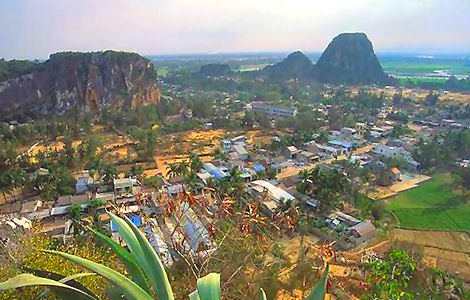 meals although I did prefer to get out at
night for some “variety and fresh air” (
meals although I did prefer to get out at
night for some “variety and fresh air” (
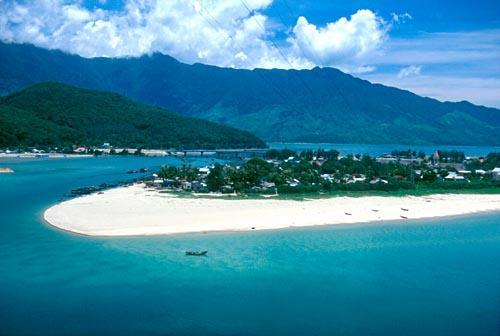
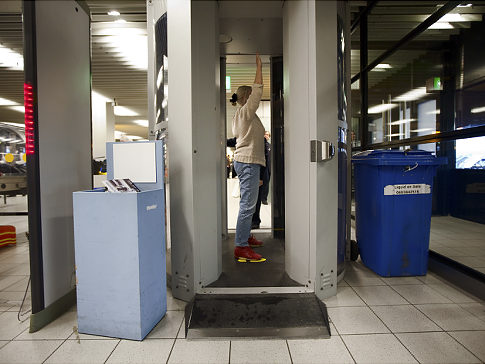 step into that will not X-ray you, but will detonate any explosive
device you may have on you.
step into that will not X-ray you, but will detonate any explosive
device you may have on you. 

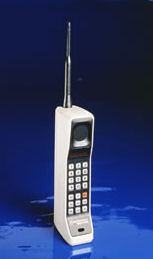
 1993,
uses the frequencies 890-960 megahertz. Within this range of
frequencies, there are 124 channels for receiving and 124 for
transmitting. The digital system has the advantage that each channel
can handle up to eight calls simultaneously. In the early 1990s, the
Australian government passed legislation ruling that GSM would take
over from AMPS in the year 2000. However, because GSM has a much
smaller range than AMPS, it is difficult for this system to provide
adequate mobile phone coverage in country areas. Telstra upgraded
its AMPS network to another digital technology called “Code Division
Multiple Access” or CDMA for short. CDMA uses the same frequencies
as AMPS and can provide the same coverage to country areas but it
offers the benefits of digital technology. GSM and CDMA are both
referred to as second generation – digital technology.
1993,
uses the frequencies 890-960 megahertz. Within this range of
frequencies, there are 124 channels for receiving and 124 for
transmitting. The digital system has the advantage that each channel
can handle up to eight calls simultaneously. In the early 1990s, the
Australian government passed legislation ruling that GSM would take
over from AMPS in the year 2000. However, because GSM has a much
smaller range than AMPS, it is difficult for this system to provide
adequate mobile phone coverage in country areas. Telstra upgraded
its AMPS network to another digital technology called “Code Division
Multiple Access” or CDMA for short. CDMA uses the same frequencies
as AMPS and can provide the same coverage to country areas but it
offers the benefits of digital technology. GSM and CDMA are both
referred to as second generation – digital technology. 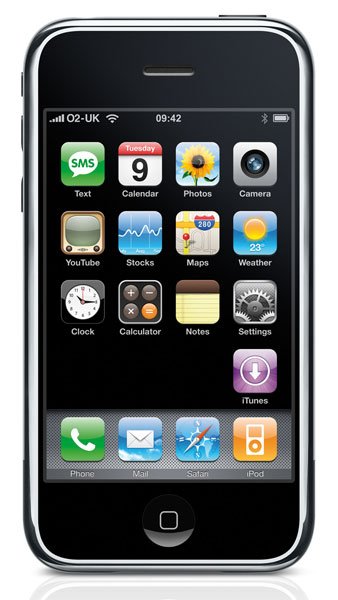
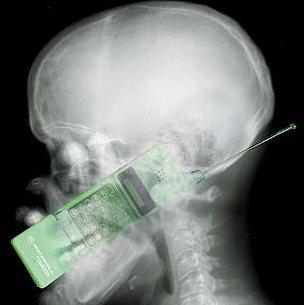
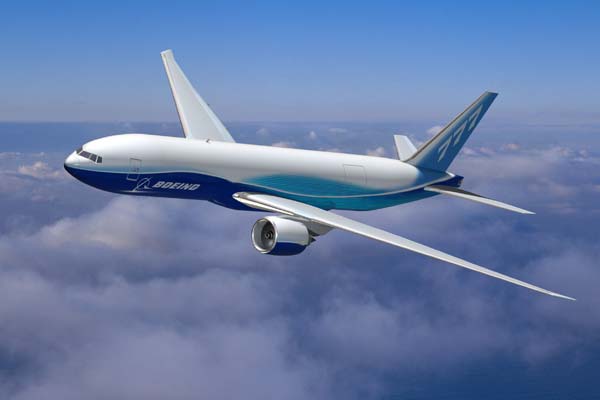

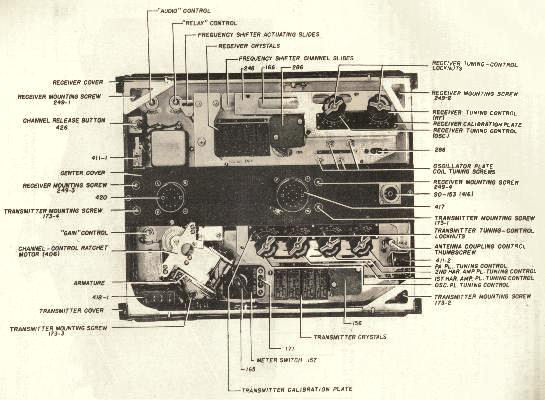
.jpg)